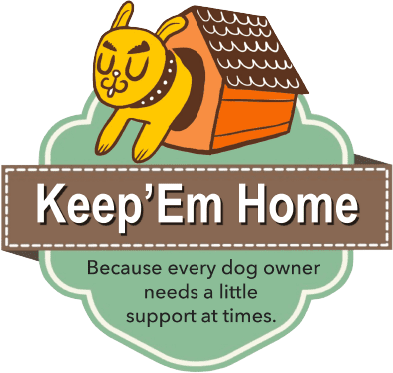Dog/Dog Tolerance
Understanding the Range of Dog Tolerance Levels
A Normal Behavior that is as Flexible as it is Manageable
Please Note: This material was developed and published in 2006 and is copyrighted to BADRAP. We welcome unmodified usage with credit and a link back to this page. Feel free to write with questions.

This information is designed to help demystify the common behavior of dog-dog aggression. Every dog owner of every breed type can relate: Dog-directed aggression is generally “no big deal”…unless you deny it, misunderstand it or exploit it. Like so many dog owners, we expect that our dogs have the potential to show some degree of dog aggression in select situations. Our job as responsible stewards is to keep our pets out of those situations by reading their body signals, understanding their individual limits and setting them up for success. At the same time, we work to improve the tolerance of each dog through appropriate socializing opportunities. Because dog aggression is not a “one size fits all” trait, outlined below are four very common levels of dog-tolerance that we’ve come to recognize in our work with the dogs.
 1. Dog Social
1. Dog Social
A dog that truly enjoys the company of other dogs, including housemate dogs. Very easy going; Forgives even the rudest dog manners. Dog-social dogs include most puppies and a percentage of socially mature (14 months and older) dogs. Example: Beanie is a mature female who is social and relaxed around all dogs. In contrast, the immature red dog, Penny, in the bottom right of the photo is not as dog-social as when she was a puppy. She’s very typical in that she’s losing her puppy-like tolerance as she matures. A bad accidental fight could shift Penny far away from her dog social beginnings.
 2. Dog Tolerant
2. Dog Tolerant
Typically non-reactive on leash and either indifferent or friendly to other dogs. Is well socialized and shows relaxed, easy body language in the presence of new dogs. May not ‘love’ dogs that he doesn’t know, but has decent tolerance for rude behavior; a long fuse. Enjoys known dog friends and, in general, succeeds with housemate dogs. Example: Honky Tonk was quite fine with other dogs but didn’t seek them out like a puppy might.
 3. Dog Selective
3. Dog Selective
Has dog friends but is more selective. May dislike certain ‘types’ of dogs and/or is easily offended by rude dog manners. May be opportunistically leash reactive with a passive handler and/or no training. Can be described as ‘bitchy.’ Likes to dictate the rules during dog-play, and may need reminders to use good manners during play. Can succeed with housemate dogs with supervision. Example: Sally showed ‘dog aggressive’ behavior when she came to us, but with clear direction and supervised socializing opportunities, was not likely to show this behavior unless pushed passed her limits.
 4. Dog Aggressive
4. Dog Aggressive
Has a very limited number of dog friends; sometimes, no dog friends. May be overtly aggressive towards other dogs without discretion. May be opportunistically leash reactive with a passive handler and/or no training. May have a short fuse during play, even with dogs that he knows. Needs heavy supervision during play and a good leader when out on leash. Many live successfully with housemate dogs (usually opposite sex) with proper supervision and safe management protocol. Example: Taz was labeled ‘Dog Aggressive’ when we first met him because he was easily offended by other dogs and fired up quickly. His tolerance levels have increased dramatically, thanks to lots of socializing opps and good direction from his caretakers. As he settled in and gained some good experiences, we were happy to see him start to trust and enjoy other dogs and become a much more tolerant little fellow.
Note: All the dogs in this photo were introduced gradually and enjoyed each other’s company under supervision. While none of the dogs illustrated are ‘Dog Aggressive,’ like any breed of dog, they may certainly act aggressively towards other dogs if they’re mismanaged, provoked or otherwise set up to fail. Dogs that we would label as Dog Aggressive can make fantastic pets by the way with the right management (leashes! no dog parks!).
More info on Smart Socializing, Dog Parks and Multi-dog Homes.
 The Bell Curve of Dog Aggression:
The Bell Curve of Dog Aggression:
Dog tolerance levels are flexible and are determined by environmental factors (handler influence, training and socializing efforts) as much as they are determined by genetics. Dog Social dogs can become less social as they come into their maturity, and Dog Aggressive dogs can become much more tolerant with good direction and proper socialization. In our experience, with the combined factors of maturity, socialization, good leadership and training, most pit bull type dogs with true ‘terrier’ personalities fall comfortably in the middle spectrum of this bell curve.

 1. Dog Social
1. Dog Social 2. Dog Tolerant
2. Dog Tolerant 3. Dog Selective
3. Dog Selective 4. Dog Aggressive
4. Dog Aggressive The Bell Curve of Dog Aggression:
The Bell Curve of Dog Aggression:

